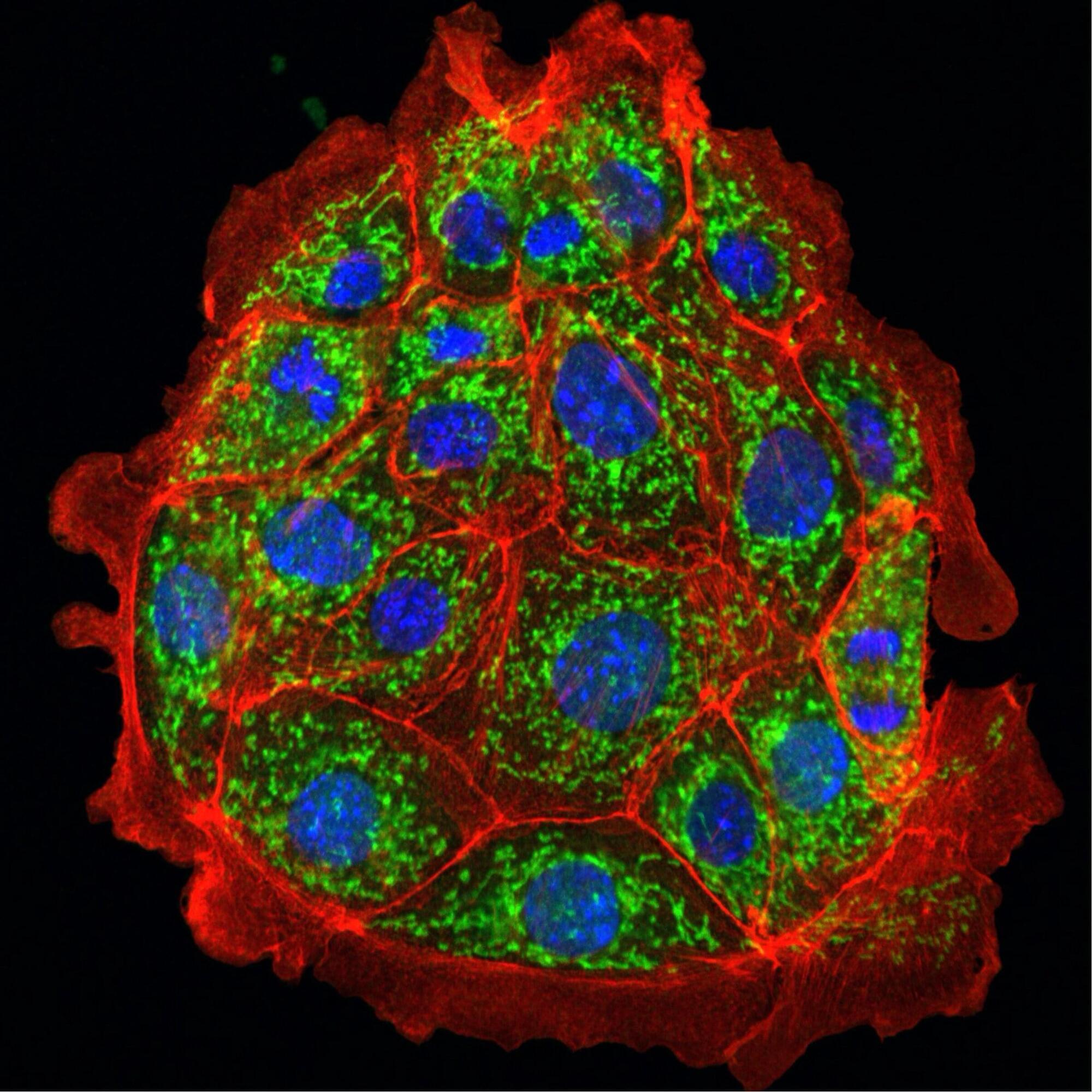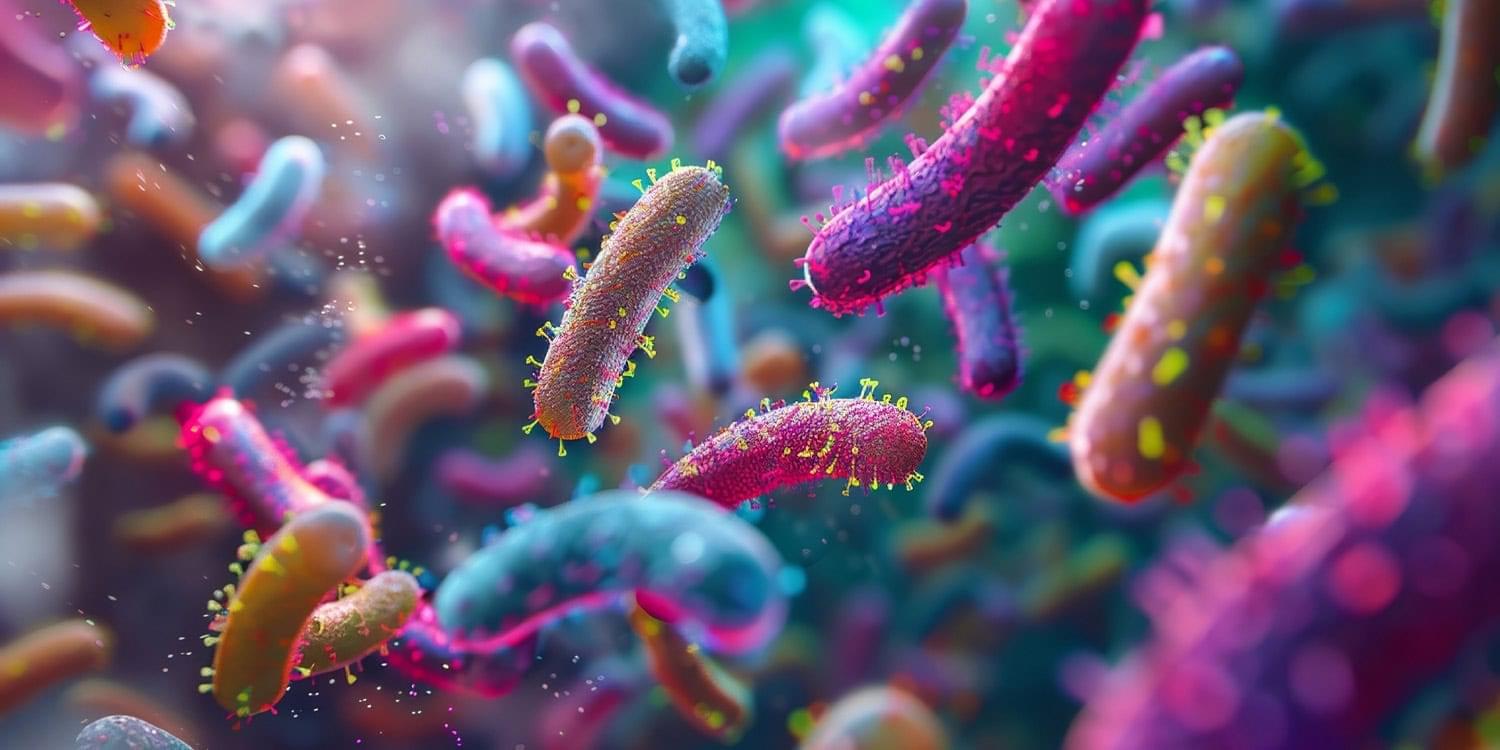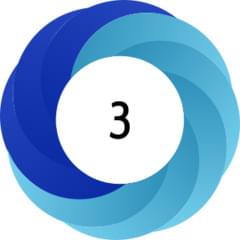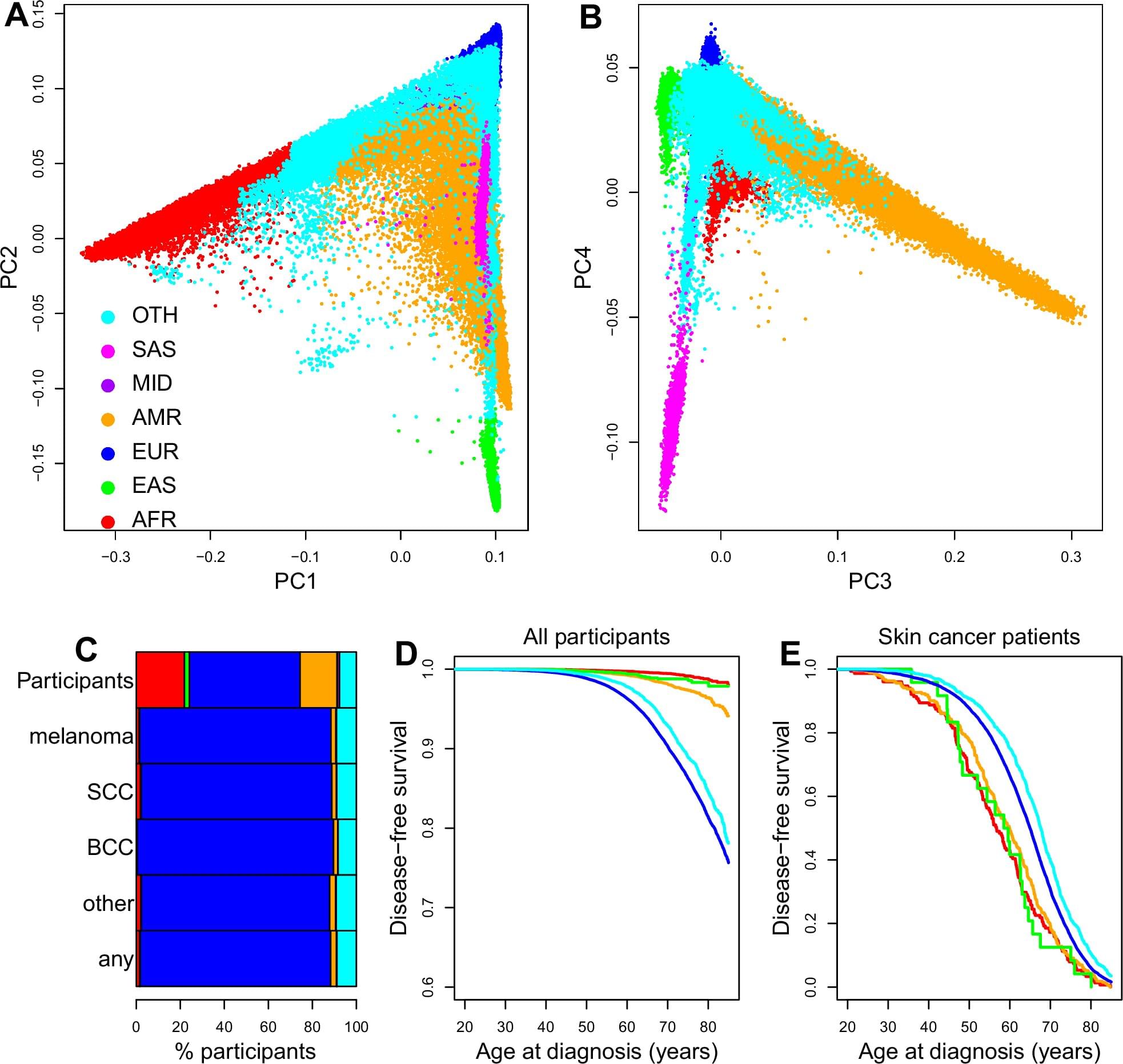Improve heart health with Cardio MedBed EECP therapy. Non-invasive, FDA-approved treatment for circulation, angina, and heart failure.


Visionary, patient-centric health research for all — dr. julia moore vogel, phd — scripps research / long covid treatment trial.
Dr. Julia Moore Vogel, PhD, MBA is Assistant Professor and Senior Program Director at The Scripps Research Institute (https://www.scripps.edu/science-and-me… where she is responsible for managing a broad portfolio of patient-centric health research studies, including The Long COVID Treatment Trial (https://longcovid.scripps.edu/locitt-t/), a fully remote, randomized, placebo-controlled clinical trial targeting individuals with long COVID, testing whether the drug Tirzepatide can reduce or alleviate symptoms of long COVID.
Prior to this current role, Dr. Vogel managed The Participant Center (TPC) for the NIH All of Us Research Program (https://www.scripps.edu/science-and-me… which was charged with recruiting and retaining 350,000 individuals that represent the diversity of the United States. TPC aims to make it possible for interested individuals anywhere in the US to become active participants, for example by collaborating with numerous outreach partners to raise awareness, collecting biosamples nationwide, returning participants’ results and developing self-guided workflows that enable participants to join whenever is convenient for them.
Prior to joining the Scripps Research Translational Institute, Dr. Vogel created, proposed, fundraised for, and implemented research and clinical genomics initiatives at the New York Genome Center and The Rockefeller University. She oversaw the proposal and execution of grants, including a $44M NIH Center for Common Disease Genomics in collaboration with over 20 scientific contributors across seven institutions. She also managed corporate partnerships, including one with IBM that assessed the relative value of several genomic assays for cancer patients.
Dr. Vogel has a BS in Mathematics from Rensselaer Polytechnic Institute, a PhD in Computational Biology and Medicine from Cornell and an MBA from Cornell.

Serious damage to short-term kidney function—known as acute kidney injury, or AKI—can be fatal and also increase the risk of irreversible chronic kidney disease. It can be triggered by stressors ranging from sepsis to heart surgery, and it affects more than half of ICU patients. There are currently no drugs to treat AKI.
Now, researchers at University of Utah Health (U of U Health) have found that AKI is triggered by fatty molecules called ceramides, which cause serious injury by damaging kidney mitochondria. Using a backup drug candidate that changes ceramide metabolism, the team was able to preserve mitochondrial integrity and prevent kidney injury in mice.
“We completely reversed the pathology of acute kidney injury by inactivating ceramides,” says Scott Summers, Ph.D., distinguished professor and Chair of the Department of Nutrition and Integrative Physiology in the University of Utah College of Health and senior author on a paper describing the results.

A new study has identified distinct patterns in the gut bacteria of children and adolescents with autism spectrum disorder, attention-deficit/hyperactivity disorder, and anorexia nervosa. Published in the journal Neuroscience, the research also reveals altered levels of hormones that regulate appetite, suggesting a complex interplay between gut microbes, eating behaviors, and brain health in these conditions.
The human digestive tract is home to a bustling community of trillions of microorganisms, collectively known as the gut microbiota. This internal ecosystem communicates with the brain through a complex network of signals, often called the gut-brain axis. Researchers are increasingly recognizing that an imbalance in this microbial community, sometimes referred to as dysbiosis, may be associated with a range of health conditions, including those affecting the brain.
Neurodevelopmental disorders like autism spectrum disorder (ASD) and attention-deficit/hyperactivity disorder (ADHD), along with the psychiatric disorder anorexia nervosa (AN), are frequently accompanied by gastrointestinal issues and atypical eating patterns.

Importance There lacks data clarifying the meningioma risk conferred by depot medroxyprogesterone acetate in the US.
Objective To examine the relative risk of meningioma diagnosis in women using depot medroxyprogesterone acetate and other related progestins.
Design, Setting, and Participants This retrospective population-based cohort study used data from TriNetX, a US national database of 68 health care organizations. Data were analyzed from December 2004 to December 2024. The incidence of meningioma diagnosis was compared between treatment groups through propensity-score matched analyses. Participants included a sample of females with use of only 1 of the following progestins/contraceptives: depot medroxyprogesterone acetate, oral medroxyprogesterone acetate, combined oral contraceptives, intrauterine devices, progestin only pills, or subdermal implantable contraceptive. The control group included females without use of these hormonal treatments. Of the 118 289 082 total patients in TriNetX at the time of analysis, 61 588 239 patients were female and eligible.
Cancer cases among under-50s around the world appear to have risen sharply in the past 30 years. Studies show there are rising numbers of breast, colorectal and other cancers in people in their 20s, 30s and 40s. But what is driving the increase and can anything be done to stop it?
Presenter Jonny Dymond speaks to freelance health journalist David Cox about what scientists think could be driving this worrying trend.
00:00 Intro.
01:20 Natalie’s story.
02:24 When did we find this trend?
03:36 Types of cancer.
04:53 Testing in younger people.
05:54 Where is this happening?
06:29 Why is this happening?
07:45 What are the causes?
11:05 Cancer risk for women.
13:26 What is being done?
17:18 Goodbye.
Image credit: Getty Images/Choja.
Watch more episodes of The Global Story here 👉🏽 • The Global Story.
You can listen to more episodes of The Global Story here. Making sense of the news with our experts around the world. Insights you can trust, Monday to Friday, from the BBC 👉🏽 https://www.bbc.co.uk/programmes/w13x… This is the official BBC World Service YouTube channel. If you like what we do, you can also find us here: Instagram 👉🏽 / bbcworldservice Twitter 👉🏽
/ bbcworldservice Facebook 👉🏽
/ bbcworldservice BBC World Service website 👉🏽 https://www.bbc.co.uk/worldserviceradio Thanks for watching and subscribing! #BBCWorldService #WorldService #cancer.

The menopausal transition, or perimenopause, is a 2-to-10-year stretch of hormone irregularity leading up to menopause, when menstruation ceases permanently. It is a time that can come with a variety of challenging symptoms—including hot flashes, sleep disturbances and problems concentrating—as well as often underrecognized mental health challenges, such as heightened irritability, mood swings, increased anxiety and panic attacks. Importantly, a woman’s risk of depression grows two to five times higher than before or after the transition. Suicidal ideation and suicide rates in women are highest between the ages of 45 and 55.
What exactly is happening in the perimenopausal brain to trigger these increased risks? We know that perimenopause represents a major “neurological transition state”; the brain is exposed to drastically changing levels of ovarian hormones, similar to puberty but in reverse. As ovarian function declines, so do levels of the ovarian hormones estradiol and progesterone. The pituitary gland tries to compensate, resulting in erratic hormone fluctuations. These changes are sensed by the ovarian hormone receptors present throughout the brain, particularly in limbic areas important for emotion regulation and memory, such as the hypothalamus and the hippocampus. Neuroimaging studies in living humans have reported changes in estrogen receptor availability and brain metabolism across the menopausal transition.
We also know that estradiol acts as a potent neuromodulator in the brain, affecting multiple neurotransmitter systems, including the serotonergic, noradrenergic and dopaminergic systems, and neuropeptides, such as brain-derived neurotrophic factor—all of which are known to be linked to depression and anxiety disorders. Mouse studies have revealed that hormone shifts across the ovarian cycle induce changes in chromatin organization that underlie changes in hippocampal gene expression, synaptic plasticity and anxiety-related behavior.
It seems likely that the mental health changes observed during perimenopause are related to the shifts in hormones and their receptors in the brain. Few studies, however, have explored the biological mechanisms underlying the increased psychiatric risk. Understanding these changes is essential both for developing new treatments for women in perimenopause who are experiencing mood and memory issues, and for understanding how these changes affect long-term brain health; metabolic changes during perimenopause are thought to increase the risk for Alzheimer’s disease, for instance.
We know little about the mechanisms underlying well-known perimenopause symptoms in the brain. More research—in animals and humans—is essential.
Interested in learning more about tackling the major health challenges of today? Attend our 2025 International Health Lecture: https://bit.ly/3JHOOrp.
Professor Rajesh N Kalaria FMedSci speaks about the global severity of stroke and dementia in society and goes over the findings and lessons from the CogFAST study – cognitive function after stroke study – outcomes of which might mean something for each one of us.
“We can’t change our genes, and we can’t change our age but we can modify every other risk factor for stroke,” he says. He discusses findings that show the impact of modifying some risks factors such as hypertension, and diabetes in elderly post-stroke survivors.
This talk was part of the event \.

Researchers at the University of California San Diego School of Medicine have developed a new approach for identifying individuals with skin cancer that combines genetic ancestry, lifestyle and social determinants of health using a machine learning model. Their model, more accurate than existing approaches, also helped the researchers better characterize disparities in skin cancer risk and outcomes.
The research is published in the journal Nature Communications.
Skin cancer is among the most common cancers in the United States, with more than 9,500 new cases diagnosed every day and approximately two deaths from skin cancer occurring every hour. One important component of reducing the burden of skin cancer is risk prediction, which utilizes technology and patient information to help doctors decide which individuals should be prioritized for cancer screening.

The discovery of a new mechanism of resistance to common antibiotics could pave the way for improved treatments for harmful bacterial infections, a study suggests. Targeting this defense mechanism could aid efforts to combat antimicrobial resistance (AMR), one of the world’s most urgent health challenges, researchers say.
The work appears in Nature Communications.
Findings from the study reveal how a repair system inside some bacteria plays a pivotal role in helping them survive commonly used antibiotics. Many of these drugs work by targeting the production of proteins essential for bacterial growth and survival.